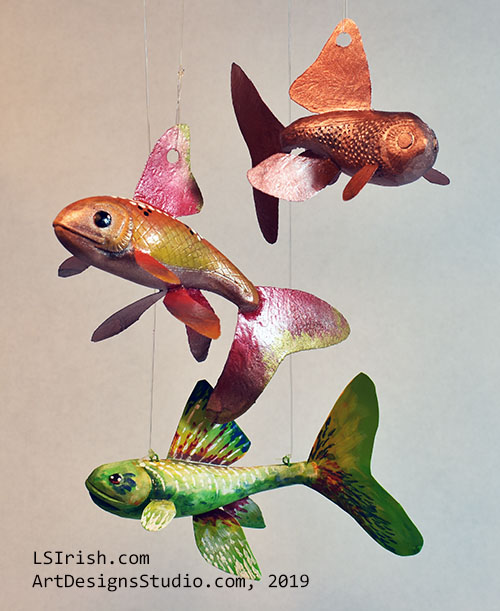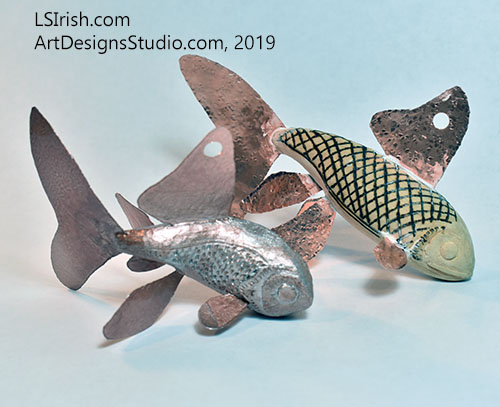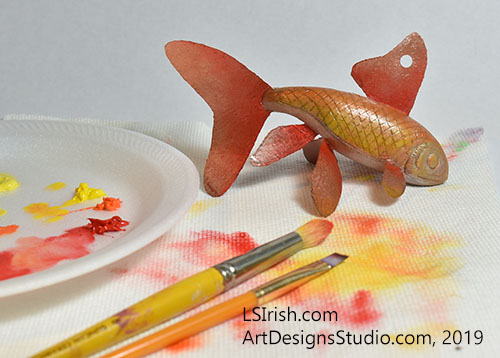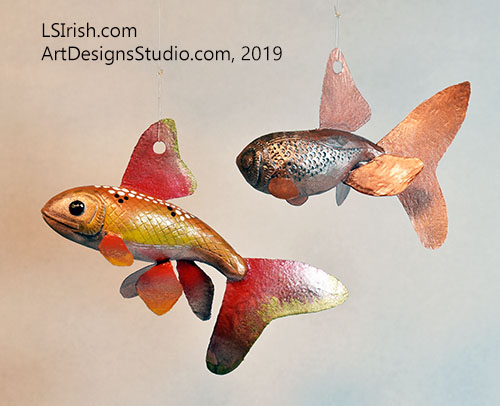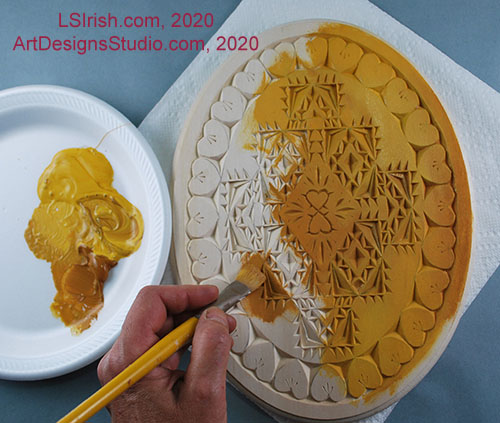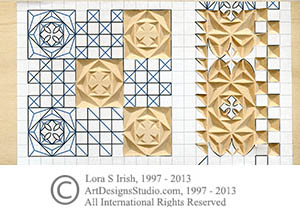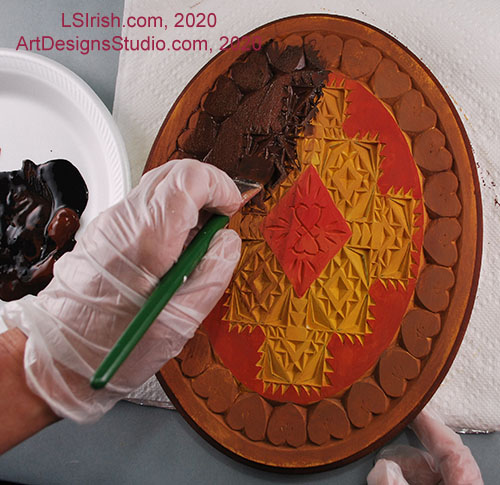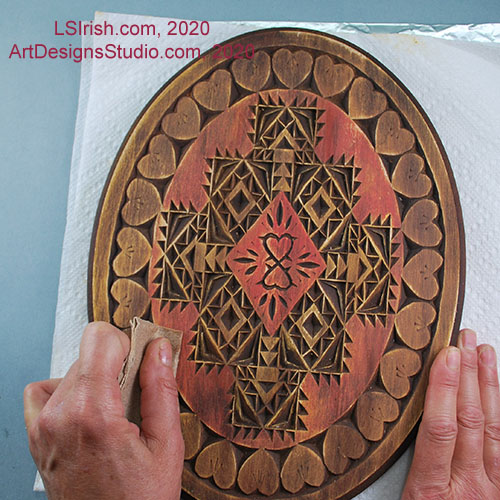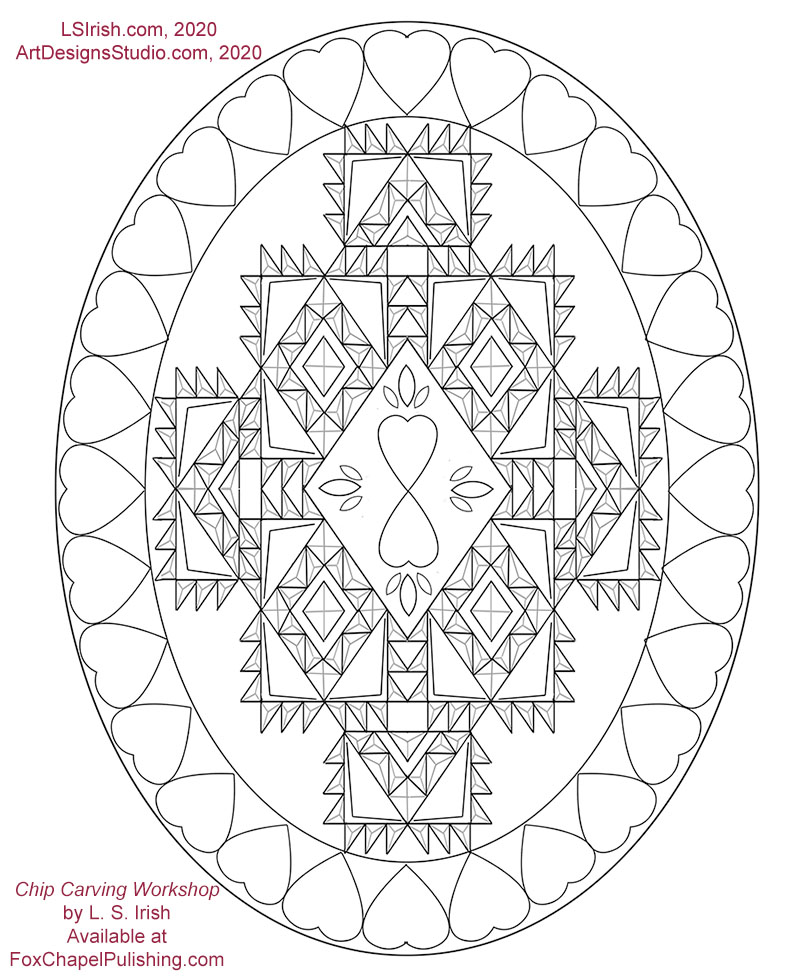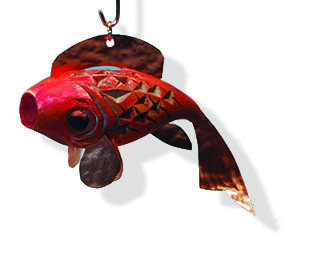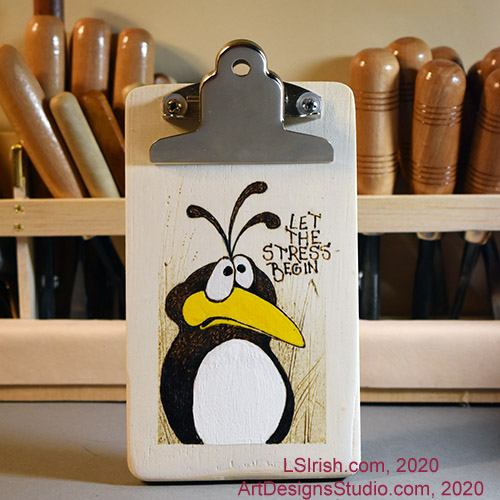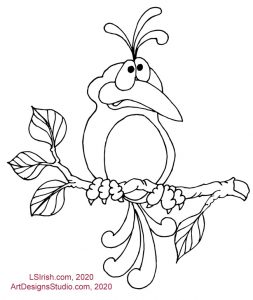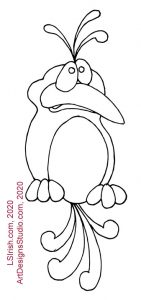Quick Wood Carving & Pyrography Clamps
My Dad, an avid wood worker and gun stock carver, always insisted that nails and screws were only little clamps to hold the wood together until the glue dried! Words of wood wisdom.
Glue is the agent that gives any joint its strongest bond. But for the best joint the wood pieces need to be clamped tightly until that glue is thoroughly dried – for many wood glues that is at least 24 hours.
But what do you do when your wood, or gourd shape does not fit any of your regular wood clamps and you don’t want to use nails or screws?
Let’s look at a few quick clamps that can be made out of common household items and that can be adjusted to fit any size or shape.
This is a set of 3 pound molds for handmade soap
that I was ‘quickly’ throwing together – too big for my
small wood clamps, but perfect for this Today’s Carving Tip!
1 Low tack masking tape makes a great, disposable clamp. Available in many widths, up to 4″, the tape can be wrapped multiple times around your project to make a tight tension on the joint. Because it is low tack it does not leave glue residue to the project surface, which is wonderful when working gourd art.
2 Large rubber bands can be purchased from most office supply stores, usually by the pound box. They come in a variety of lengths and can be used over and over again. Look for extra wide bands when you go shopping, 1/2″ to 1″ wide bands are available and provide greater strength.
3 Bungee cords can be ganged to become a flexible clamp for your work. I use smaller bungee cords, and simply lock one to another until I have a nice tightness. Spacer blocks, as the 1 1/4″ basswood carving block shown here, can now be slid beneath the bungee cords to give you the tightest pressure.
4 Zip ties have become an every day item around the house and they use as wood clamps is invaluable. Gang zip them, tighten them a little at a time so each tie is even, and simple cut them off when you are done.
5 Butcher’s string is thick, cotton, two to three ply twist cord which is perfect for really odd shapes, such as a gourd art project. Wrap the string around your project and tie as tightly as possible. Repeat, so that your clamp has several independent strings tied around the joint. Working one string at a time, slide a popsicle stick, tongue depressor, or 1/4″ or wider dowel rod under the string. Gently twist the stick to wrap the string around the stick’s center. When you have the string as tight as you can twist secure the stick with a small clamp or with several clothes pins.
Next time you are cleaning those kitchen drawers or odd boxes, make up a quick clamp kit to keep in your wood, gourd, or pyrography studio – on hand and ready to go.
